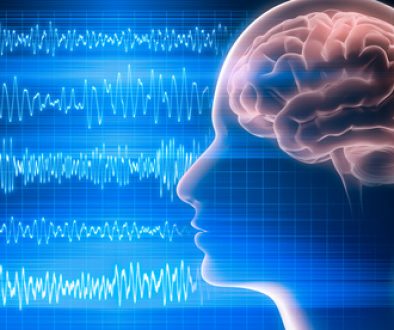Interpreting the Signals of the Brain
How does a neurotherapist interpret brainwave activity? The task for the neurotherapist is to learn how to decipher and find meaning in the patterns of the brain activity that are measured. Today the clinical portrait that I obtain on a client is brief, consisting essentially of the history of any medications, neurological symptoms, seizures, or head injuries. If clients proceed to elaborate on their problems, I usually ask them to wait until after I do the brain map for, more often than not, I can give them a precise description of their problems based on the brain map alone. After interpreting the brain map, I then ask the client to provide additional relevant data, which might include social and emotional events that could have a bearing on how the therapy should proceed.
Assessing five specific sites identifies the neurological bases for most of the problems reported by clients. My descriptions of these five brain regions in this chapter provide general guidelines for identifying problem areas. Many psychological conditions are revealed in brain signatures, which are patterns in brain activity that can be readily identified. A brain map must include the following five locations: the occiput, or back of the brain; the area over the sensory motor cortex, or top of the head; and three locations over the frontal cortex, or front of the brain. Once we have a firm understanding of the information these sites provide, we can look at brainwave data recorded from both child and adult clients that cover a wide range of clinical problems.” pp 60-62. Biofeedback for the Brain by Paul G. Swingle Ph.D. Questions? Treatment begins with a brain map qEEG. Call Fort Wayne Neurofeedback to set an appointment and ask questions. Ph. 260 432-8777



